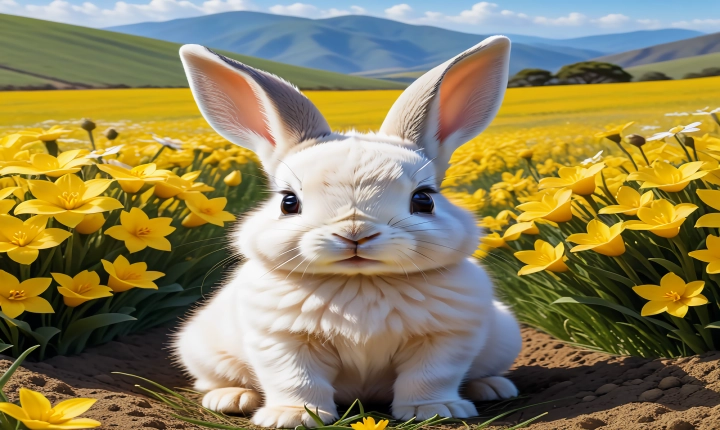Title: The Fascinating Process of Creating AI-Generated Images
In recent years, there has been a surge in the development and application of artificial intelligence (AI) in various fields. One area that has particularly captured the imagination of many is the creation of AI-generated images. These images, often astonishingly realistic, are produced by sophisticated algorithms that can mimic the human capacity for creativity and visual perception. The process of creating AI-generated images is a fascinating intersection of art, science, and technology, and understanding how these images are generated offers a glimpse into the potential of AI in shaping the future of visual content creation.
At the core of generating AI images is the use of generative adversarial networks (GANs), a type of neural network architecture that is designed to generate new data resembling a training set. GANs consist of two primary components: a generator and a discriminator. The generator generates new images, while the discriminator evaluates these images to determine if they are realistic or not. Through a continuous process of feedback and improvement, the generator learns to produce images that are increasingly indistinguishable from real, human-generated images.
The process begins with the training of the GAN on a large dataset of images, which could range from photographs to paintings to abstract art. This training phase is crucial, as it allows the GAN to learn the statistical patterns and visual features present in the dataset. As the training progresses, the GAN refines its ability to generate images that emulate the style and content of the training data. This phase often requires significant computational resources and time, as the network iteratively adjusts its internal parameters to minimize the difference between the generated images and the real images in the dataset.
Once the GAN is adequately trained, it can be used to produce new, original images. By inputting random or specific latent vectors into the generator, the GAN can create a wide variety of images, ranging from lifelike portraits to fantastical landscapes. The ability of GANs to produce diverse and visually compelling images has sparked interest across multiple industries, including art, design, and entertainment.
The ethical implications of AI-generated images are also worth considering. As the technology continues to advance, questions about copyright, ownership, and authenticity of AI-generated artwork have arisen. Additionally, concerns about the potential misuse of AI-generated images for spreading misinformation or malicious purposes have prompted discussions around regulation and ethical guidelines for their use.
Looking ahead, the potential applications of AI-generated images are vast. From aiding in the creation of virtual worlds and characters in video games and movies to assisting artists and designers in generating novel visual concepts, the impact of AI in image creation is expected to reshape the creative landscape. Furthermore, advancements in AI-generated imagery could lead to breakthroughs in medical imaging, scientific visualization, and even historical reconstructions, opening up new frontiers for research and innovation.
In conclusion, the process of creating AI-generated images is a captivating blend of cutting-edge technology, artistic expression, and computational ingenuity. As AI continues to evolve, the boundaries of what is possible in image creation will expand, offering new opportunities for creativity and expression. Understanding and appreciating the intricacies of this process can shed light on the transformative power of AI and its potential to enrich and inspire the visual arts.
